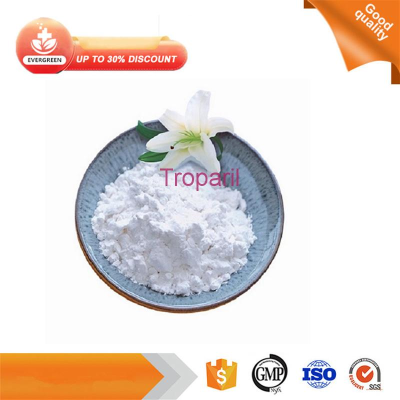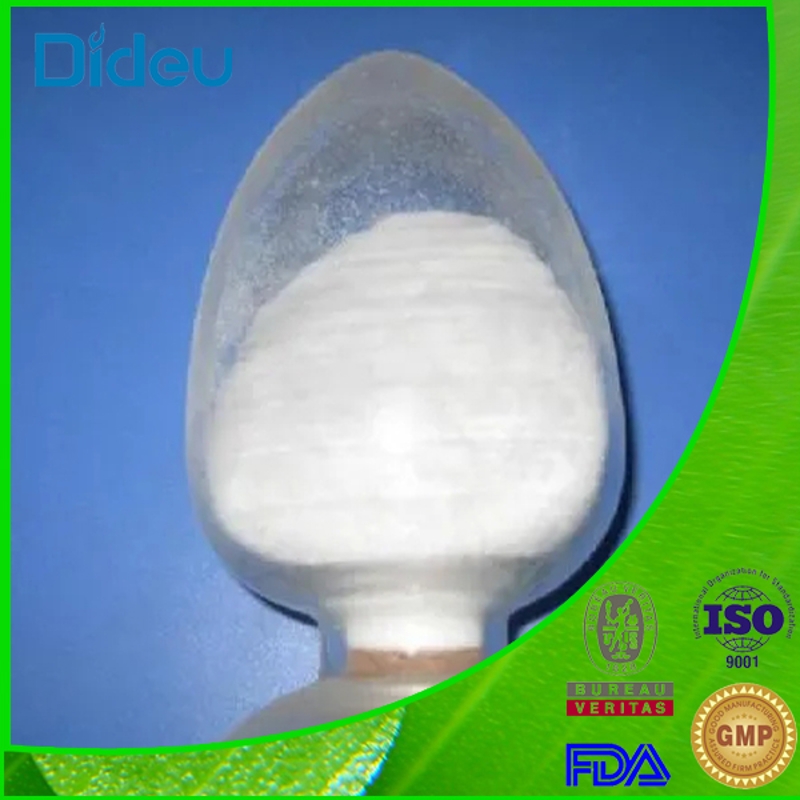-
Categories
-
Pharmaceutical Intermediates
-
Active Pharmaceutical Ingredients
-
Food Additives
- Industrial Coatings
- Agrochemicals
- Dyes and Pigments
- Surfactant
- Flavors and Fragrances
- Chemical Reagents
- Catalyst and Auxiliary
- Natural Products
- Inorganic Chemistry
-
Organic Chemistry
-
Biochemical Engineering
- Analytical Chemistry
- Cosmetic Ingredient
-
Pharmaceutical Intermediates
Promotion
ECHEMI Mall
Wholesale
Weekly Price
Exhibition
News
-
Trade Service
Automatic detection of acute ischemic stroke with large vessel occlusion (LVO) before hospitalization can greatly speed up the treatment time of endovascular treatment of stroke .
Many mobile stroke units (MSU) have the ability to perform non-contrast computed tomography of the head and computed tomography angiography (CTA) .
An automatic and accurate algorithm for analyzing LVO of CTA images can provide important decision support for prehospital triage decisions, allowing LVO patients to be sent directly to centers with thrombectomy capabilities, and speeding up the door-to-puncture time after arrival
.
However, the performance of this algorithm on MSU images is still undetermined, because the quality of MSU images may be unstable compared with traditional in-hospital acquisition, and it is usually performed earlier after the onset of illness
.
Harvard University's Alexandra L.
Czap and others have previously developed a machine learning (ML) algorithm to identify LVO from CTA images.
This algorithm has shown excellent performance in routine CTA collection in hospitals
Tatami identified patients with out-of-hospital CTA evaluated at MSU in Houston and Los Angeles
.
Anterior circulation LVO is defined as the occlusion of the intracranial internal carotid artery, middle cerebral artery (M1 or M2), or anterior cerebral artery, and is determined by expert readers
The ML model for detecting LVO was trained and tested on an independent data set composed of in-hospital CTA, and then tested on MSU CTA images
.
Use the area statistics under the receiver curve to determine the performance of the model
statistics
Among the 68 out-of-hospital MSU CTA patients, 40% had LVO
.
The most common occlusion location is the middle cerebral artery M1 segment (59%), followed by the internal carotid artery (30%), and the middle cerebral artery M2 (11%)
After training 870 in-hospital CTAs, the ML model performed well in a separate in-hospital dataset that recognized 441 images, and the area under the ROC curve was 0.
84 (95% CI, 0.
80-0.
87)
.
The analysis time of the ML algorithm is less than 1 minute
.
The performance of the ML model on the MSU CTA image is comparable, and the area under the ROC curve is 0.
The important significance of this study lies in the discovery: In the study of MSU assessment patients in 2 cities, the ML algorithm can use pre-hospital CTA acquisition to accurately and quickly detect LVO
.
.
Original source:
Czap AL, Bahr-Hosseini M, Singh N, et al.
Machine Learning Automated Detection of Large Vessel Occlusion From Mobile Stroke Unit Computed Tomography Angiography .
Leave a message here







